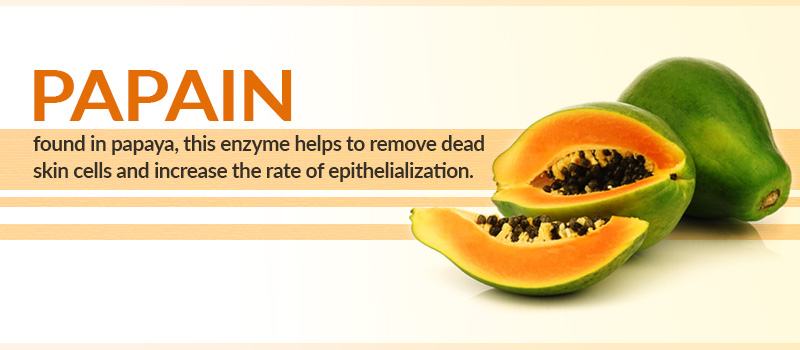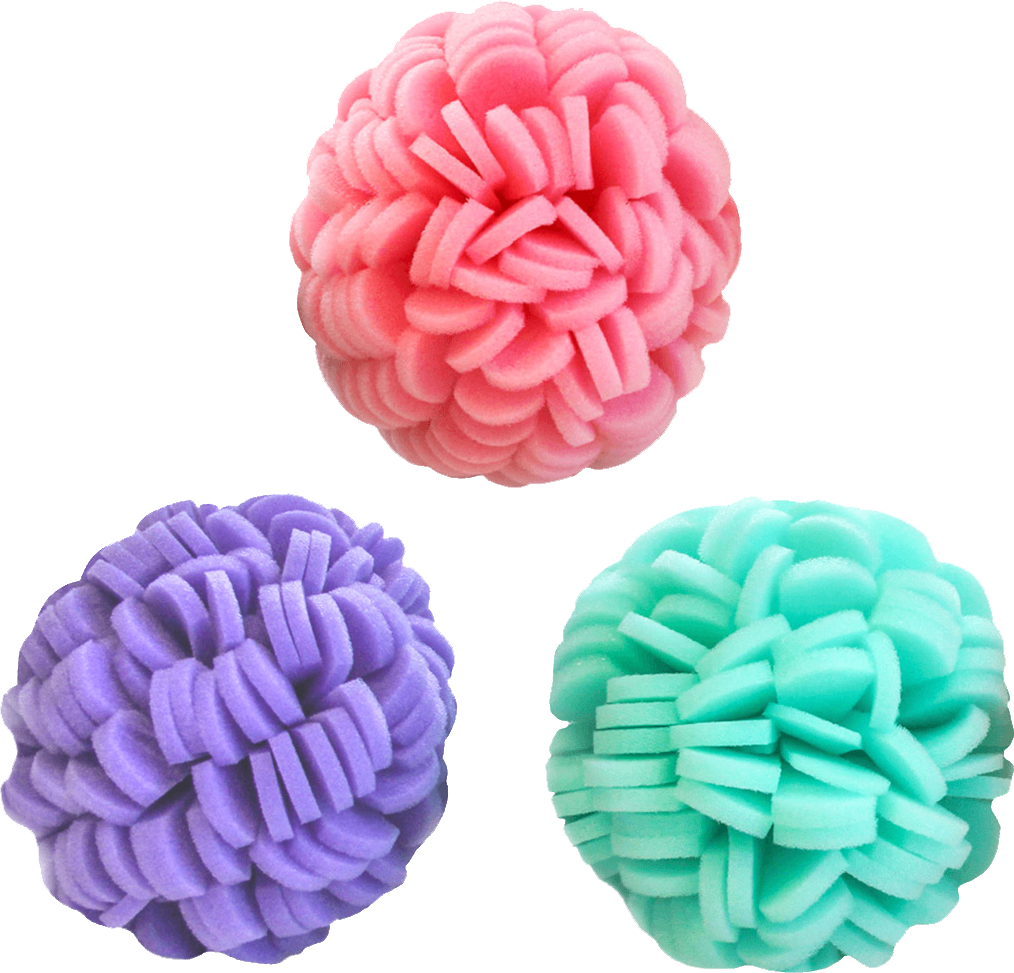We at ViaBuff are all for finding inventive ways to exfoliate our skin, but it would seem that there are a good deal of DIY treatments online that promise fabulous results but in actuality deliver little else but novelty. The DIY Listerine Foot Soak has been on the Internet for several years, but does it actually work to exfoliate your skin? The short answer: nope. Read below to find out why.
Why the Listerine Foot Soak Doesn’t Work
To be blunt, there are no known keratolytic ingredients in Listerine, or most other mouth washes. Listerine does contain menthol, which has demonstrated a propensity in easing pain from muscle contractions (International Journal of Sports Physical Therapy). Similarly, the methyl salictate found in Listerine has also been linked to easing pains from muscle straining, according to research published in Clinical Therapeutics. However, research has yet to reveal if these analgesic properties can translate to non-muscular pains or soothing inflammation due to dry skin. Additionally, it would appear the alcohols in most mouth washes would prove drying and irritating to human skin, especially that which is already vulnerable and parched. So why do so many people report success with this kind of foot soak?
So Why Do I See Good Results?
There are several variations of the DIY Listerine Foot Soak, such as some that include water, shaving cream, and even vinegar. We were unable to uncover evidence discussing the keratolytic or hydrating properties of shaving cream and vinegar, though shaving creams may contact several moisturizing ingredients that are partially responsible for the success of the DIY Listerine Foot Soak. Additionally, soaking your feet for a prolonged period of time feasibly will make your feet feel smoother, if only for a short while. It’s also important to read between the lines when perusing foot soak reviews – did they follow up with a great exfoliator like the ViaBuff Exfoliating Buff, which may have removed many of the dead skin cells? If so, the soak may have done little more than soften the skin cells so that they may be more easily scrapped away.
What Should I Use Instead?

While there are many awesome moisturizing scrubs on DIY forums, few (even if any) can actually exfoliate your skin. However, there are numerous laboratory-made serums that may be just what your feet need. For the best foot scrubs, you should look for kereatolytic agents like salicylic acid, bromelain, or papain. Not only is salicylic acid great for breaking apart intercellular bonds, but there is evidence that salicylic acid may be better than benzoyl peroxide in treating pimples (Archives of Dermatological Research, Clinical Therapeutics). Bromelain is a pineapple-derived enzyme that similarly possesses protein-disintegrating properties. (Dr. Mary P. Lupo for Today.com, The International Dermal Institute). Have a wound on your foot? Evidence suggest that bromelain can remove dead skin cells from wounded skin (University of Maryland Medical Center, National Center for Complementary and Alternative Medicine). Derived from papaya fruits, the enzyme papain provides gentle, non-irritating exfoliation to hardened skin cells (Cosmetic Dermatology, U.S. Patent 8377434, The International Dermal Institute ).
Bottom Line
While we give credit for DIY-er’s creativity, it appears that the DIY Listerine Foot Soak is a bust. We were unable to find evidence of keratolytic activity for any of the mouthwash’s ingredients, and the alcohols in Listerine may prove too drying for some. For the best foot scrubs, you should look for foot scrubs containing keratolytic agents like salicylic acid, bromelain, and papain, and follow up with a powerful exfoliator like the ViaBuff Exfoliator for Body.




